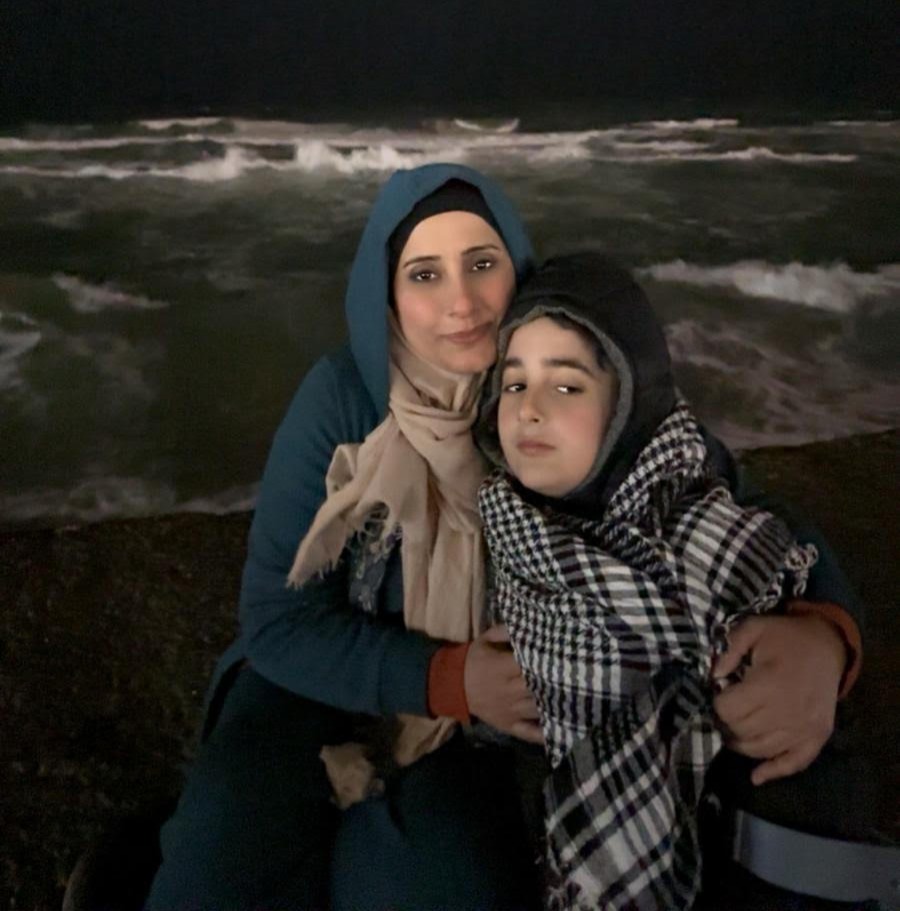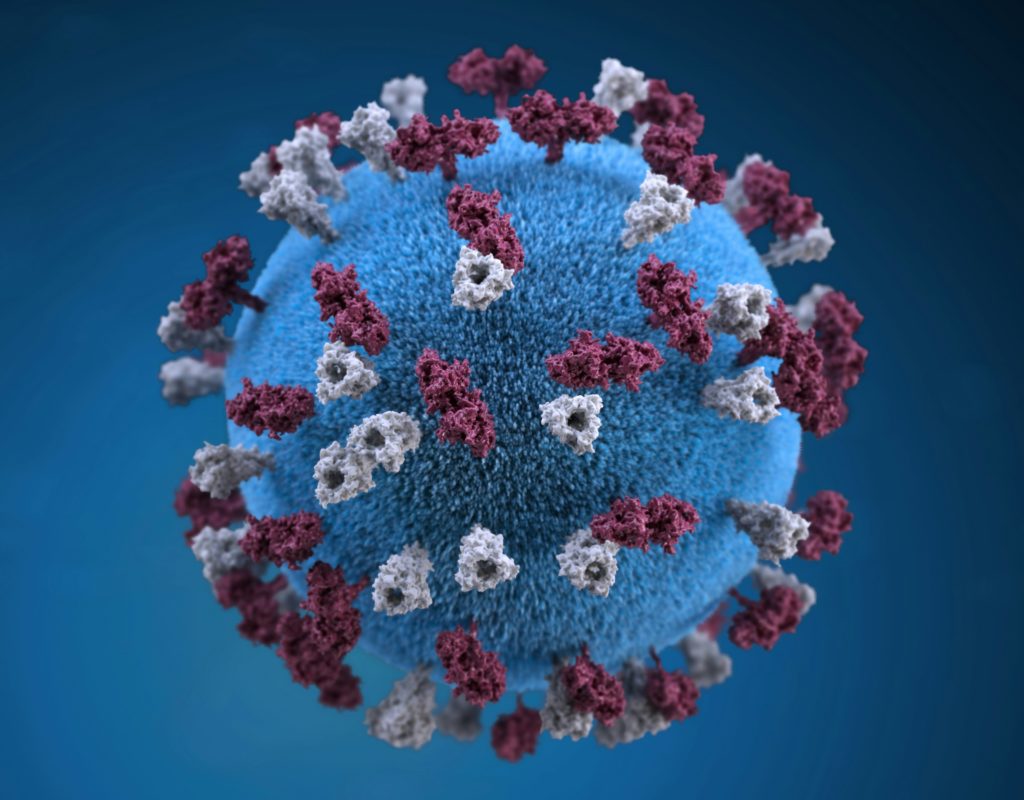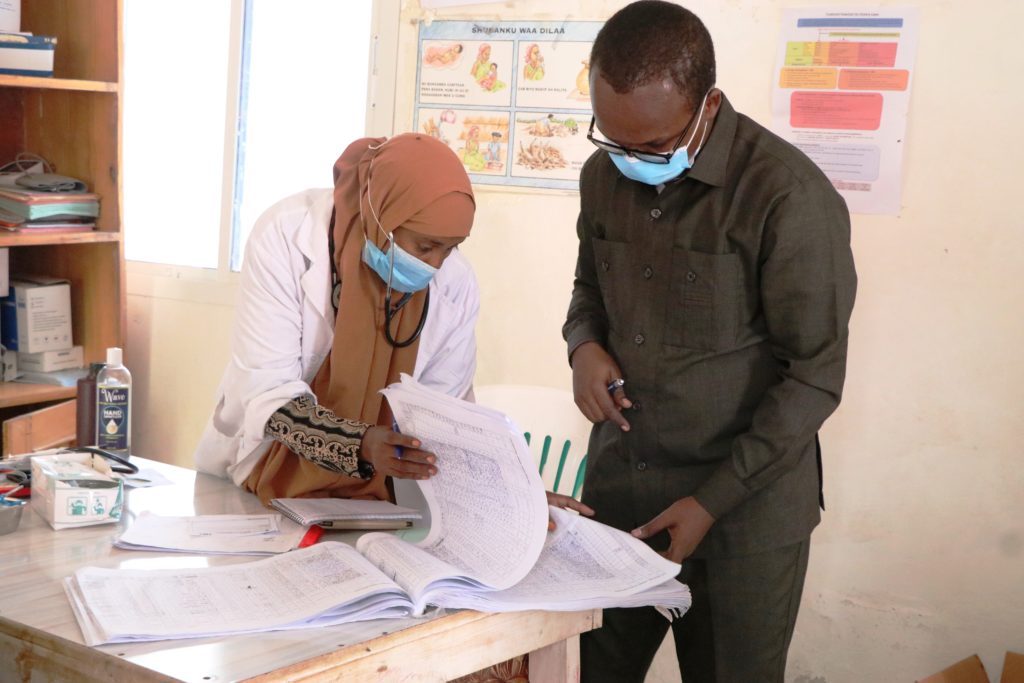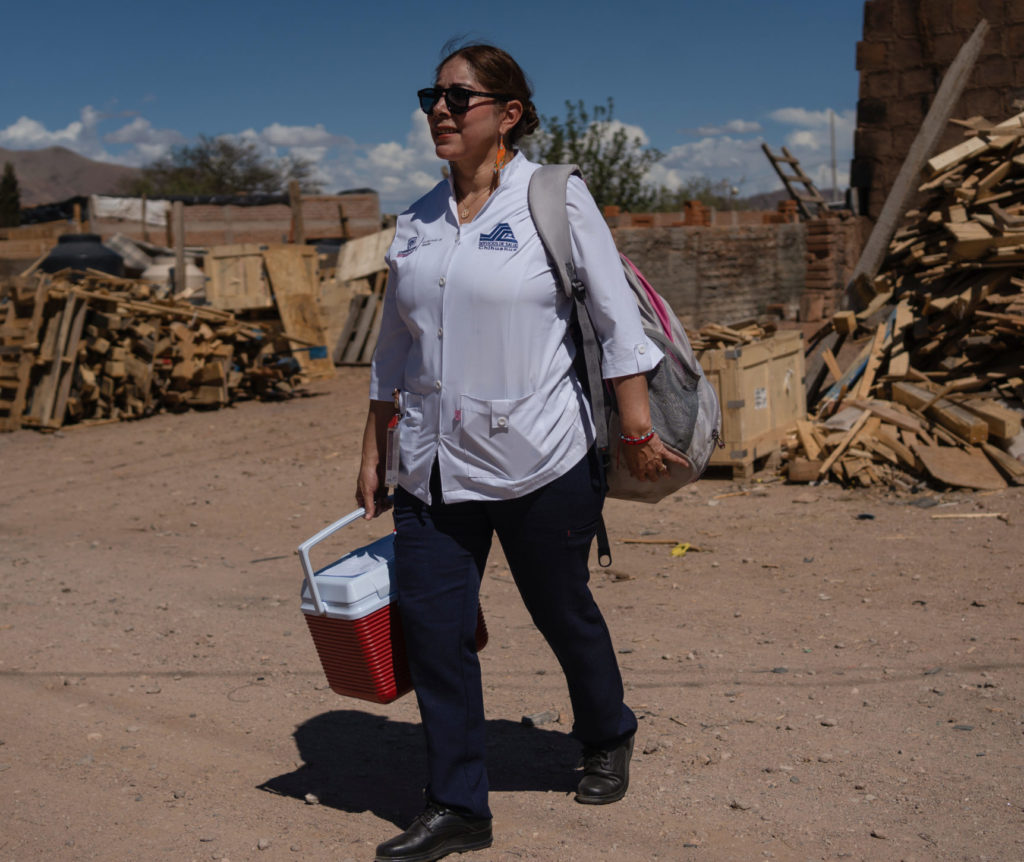Giving Hope to the Injured Who Escape Gaza

After surviving a severe injury in Gaza, Abdel-Majeed Fayyad, 10, begins his long road to recovery in Cairo. Credit: The family of Abdel-Majeed Fayyad
A 10-year-old boy whose mother fled with him to Egypt for medical treatment now has a fighting chance of recovery. WHO says emergency medical evacuation for thousands more children and adults with life-threatening conditions remains a top health priority.
By Lana Mawlood
When 10-year-old Abdel-Majeed Fayyad arrived in Cairo from Gaza last May, the laceration on his thigh was severely infected. Two surgeries in Gaza had failed to close the wound, and doctors told his mother Sabrine that his only option was to seek treatment in Egypt. So she took Abdel-Majeed and his five brothers and sisters and fled to Cairo.
The injury had severed his sciatic nerve – the result, said his mother, of an airstrike by the Israeli Defence Forces that killed his two cousins. “They had to continue treatment immediately,” said Sabrine. “At first, they installed a vacuum device that, of course, was not available in Gaza at the time. Then came the MRI, which showed he needed nerve repair surgery.”
In November, Abdel-Majeed underwent surgery at the state-owned Red Crescent Hospital and had a temporary cast fitted. He has a long path to recovery ahead — he still cannot move his feet or toes and faces at least a year of intensive physiotherapy.
Medical care for refugees is free in Egypt’s public hospitals. Now that Abdel-Majeed has been discharged, his family faces questions about how they will pay for his remaining treatment. But Sabrine is grateful to take on that burden for access to care that saved her son’s leg and possibly his life.
“The thing I was most afraid of was the fact that Abdel-Majeed’s infection had reached the bone,” she said. “But thank god, lots of people encouraged us [to come to Cairo] and donated so he was able to get the treatment.”
WHO estimates that 14,000 severely sick and injured patients in Gaza are still awaiting medical evacuation, including 2,500 children, and it is working with humanitarian organizations to keep patient transfers moving. Around a third of the people injured have life-changing injuries that will need long-term rehabilitation.
The challenges of long-term healthcare
Of those who make it out of Gaza, thousands are receiving treatment in Egyptian public hospitals. Hazem Madi, the medical coordinator at the grassroots NGO HEAL Palestine, helps oversee the triage of Gazan evacuees and refugees like Abdel-Majeed upon their arrival in Egypt.
Beyond physical recovery, psychological healing is just as critical, Madi said. Without continued psychological support, many will struggle to fully heal, making holistic care a crucial component of medical assistance, he added.
“Even if patients receive the most advanced treatment, they still require holistic care, including mental health support, which they can continue when they return to Gaza,” he said.
In some cases, patients with complex medical conditions requiring specialized treatment have been sent to the United States. “So far, we’ve sent 30 children under the age of 18 to the U.S., where they were received by volunteers,” Madi noted. “Some are now returning to Cairo, waiting for the border with Gaza to reopen.”
But Gazan medical evacuees who do manage to return home one day may find there is no healthcare system left to support their recovery. As of January 2025, only half of Gaza’s 36 hospitals were partially operational and only about a third of the region’s primary healthcare centers were functional, according to the WHO.
The challenges of providing sustainable healthcare once the war ends are underscored in WHO’s 60-day plan to restore Gaza’s health system, announced following the most recent ceasefire in January.
The plan calls for urgent international funding to rebuild Gaza’s hospitals, restore supply chains for medical essentials, and provide continued care for those evacuated abroad.
A call for safe medical corridors
For now, WHO the organization says the key to sustainable healthcare for Gaza’s medical evacuees is the urgent restoration of patient transfers from the Gaza Strip to hospitals in the West Bank and East Jerusalem, along with the establishment of safe medical corridors in Egypt and Jordan.
Working with Gaza’s health ministry, UN agencies, and NGOs, the organization has provided coordination and logistics support for the medical evacuations of more than 5,000 Gazan patients from the Gaza Strip, including 540 patients since January.
Without sustained efforts to address long-term medical care, Gazan evacuees risk being left in limbo – treated, but not healed. For Abdel-Majeed’s mother, the challenges are overwhelming. “We need more support, not just for my son, for all of us,” Sabrine said. “We have already lost so much. We cannot afford to lose more.”
But now that she no longer fears for her son’s life and can instead focus on his future, she remains hopeful. “I’m very grateful that we managed to get out and that my son’s condition has stabilized,” she said. “I feel like we are somewhere safe now.”




